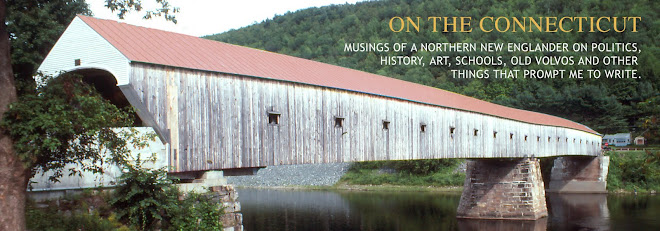Snowmobiling is big business in Northern New England. Really big business.
A 2004 study by Plymouth (New Hampshire) State University and the Institute for New Hampshire Studies suggests just how big.
In the winter of 2003, the total impact on New Hampshire's economy by snowmobilers was nearly $1.2 billion. It represented 1% of the gross state product and more than 10% of all travel spending in the state.
The average New Hampshire resident snowmobiler made 12 trips per season, some of which included overnight stays. The average non-resident snowmobiler made nine trips to New Hampshire each season.
Average per-person, per-day spending in New Hampshire was $67.07 per resident snowmobiler and $88.30 per non-resident. In addition to spending on their trips, each snowmobiler spends $1,830 annually on equipment, clothing, club memberships, insurance and state license fees.
I like motor vehicles. I like the excitement of going fast, and a fast snowmobile provides plenty of excitement. Racing at 90 mph across a snow-covered pond on a snowmobile generates a 200 mph adreneline rush.
Snowmobiles are a lot of fun, and they provide transportation for people living in far northern climes. They also provide a livelihood for many people.
All that being said, snowmobiles are one of the most environmentally unfriendly devices invented by man. Riding a gas guzzling, pollution spewing, motor vehicle into the woods for entertainment is an environmental felony.
All winter, I see caravans of giant 4-wheel drive pickups and SUVs dragging huge trailers full of snow machines up and down the interstate at 70-80 mph. These 10-mpg rigs burn large amounts of fuel and leave behind a wake of hydrocarbon haze. When they reach their destination, they disgorge packs of 10-mpg snow machines which race through the woods burning large amounts of fuel and leaving behind wakes of hydrocarbon haze.
Snowmobiling has become such big business that we justify the felony by saying that it’s vital to the economy. How about looking at the real cost?
Snowmobiles consume an unacceptable amount of precious fossil fuel and pump an unacceptable amount of pollution into our precious atmosphere for the entertainment of a few people.
When does entertainment become too costly?
I'm just a gigolo...
-
OK. The truth be told, I guess I was a gigolo at one time.
I wasn't trying to be. But a woman I had sex with paid me for my time. It
started cuz I missed w...






















